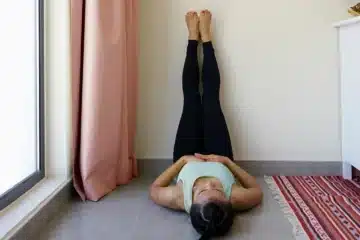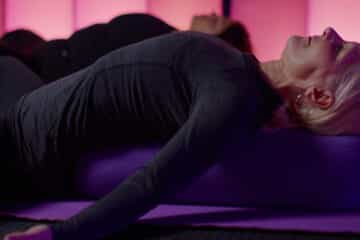While Ashtanga Yoga is often associated with dynamic asanas and breathwork, meditation plays a crucial role in deepening the practice and connecting with the inner self.
Rooted in the teachings of ancient yogic traditions, Ashtanga Yoga meditation offers practitioners a path to inner peace, clarity, and self-realization.
In this article, we will explore the principles of Ashtanga Yoga meditation, its benefits, and practical techniques to incorporate meditation into your daily practice.
The Essence of Ashtanga Yoga Meditation
At its core, Ashtanga Yoga meditation is about cultivating mindfulness, awareness, and presence in the present moment. Unlike traditional seated meditation practices, Ashtanga Yoga meditation is often integrated seamlessly into the practice of asanas, pranayama, and other yogic techniques.
By anchoring the mind in the breath, movement, or a chosen focal point, practitioners learn to quiet the fluctuations of the mind and tap into a state of inner stillness.
Benefits of Ashtanga Yoga Meditation
The practice of Ashtanga Yoga meditation offers a myriad of benefits for physical, mental, and emotional well-being. Some of the key benefits include:
- Stress Reduction: Meditation helps to reduce the levels of stress hormones in the body, promoting relaxation and a sense of calmness.
- Improved Concentration: By training the mind to focus on a single point of attention, meditation enhances concentration and mental clarity.
- Emotional Balance: Meditation cultivates awareness of thoughts and emotions, allowing practitioners to respond to life’s challenges with greater equanimity and resilience.
- Enhanced Self-Awareness: Through regular meditation practice, individuals develop a deeper understanding of themselves and their inner workings, leading to greater self-acceptance and personal growth.
- Spiritual Awakening: Ashtanga Yoga meditation is ultimately a journey of self-discovery and spiritual awakening, leading practitioners towards a deeper sense of connection with the divine and the universe.
Practical Techniques for Ashtanga Yoga Meditation
Incorporating meditation into your Ashtanga Yoga practice can be done in various ways, depending on your preferences and level of experience. Here are some practical techniques to try:
- Breath Awareness: Begin by simply observing the natural rhythm of your breath as you move through the asanas. Notice the sensation of the breath as it flows in and out of the body, without trying to control it.
- Drishti Meditation: Practice drishti (focused gaze) during asana practice by directing your gaze to a specific point. Allow your gaze to remain soft and steady, anchoring your attention in the present moment.
- Mantra Meditation: Choose a mantra (a sacred word or phrase) to repeat silently or aloud during your practice. Let the mantra become a focal point for your mind, helping to quiet the chatter of the internal dialogue.
- Body Scan Meditation: Take a few moments at the beginning or end of your practice to scan through the body with awareness, noticing any areas of tension or discomfort. Send breath and awareness to these areas, allowing them to soften and release.
- Sitting Meditation: Dedicate a few minutes at the end of your practice to sit quietly in meditation. Close your eyes, bring your attention to the breath, and simply observe the thoughts and sensations that arise without judgment.
Conclusion
Ashtanga Yoga meditation offers a powerful means of deepening your practice and connecting with the essence of who you are.
By cultivating mindfulness, awareness, and presence, practitioners can experience profound transformations in body, mind, and spirit.
Whether you’re new to meditation or a seasoned practitioner, integrating meditation into your Ashtanga Yoga practice can lead to greater peace, clarity, and fulfillment on the path of self-discovery.




